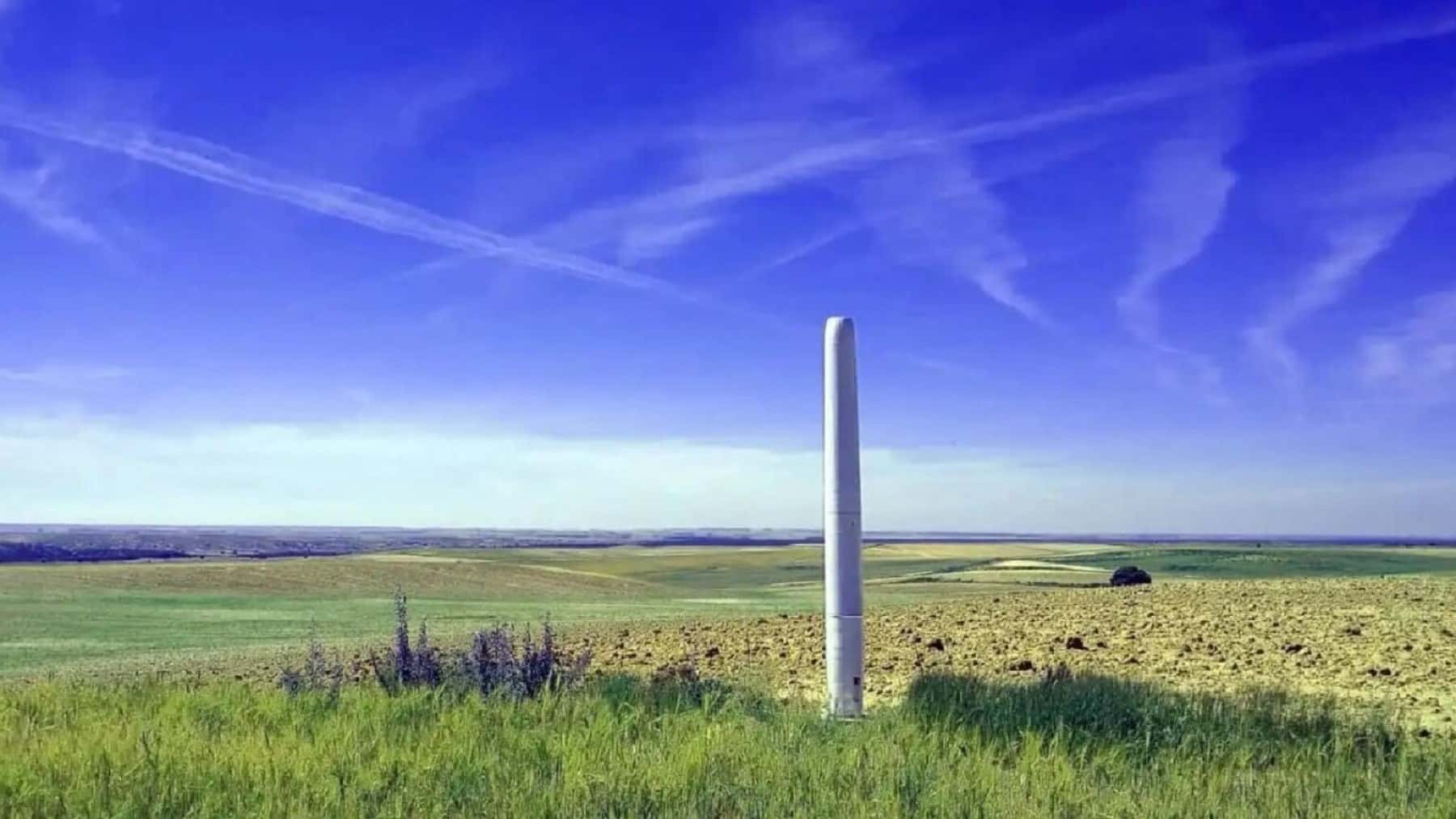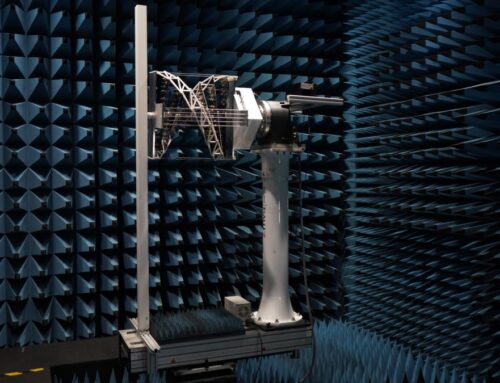Farewell to wind energy, the future is vibrational energy: This bladeless turbine proves it
October 23, 2024

There’s a new kid on the sustainability block, and it’s called vibrational energy. The technology employs bladeless turbines, a feature that solves a lot of the problems experienced with traditional bladed wind turbines.
Spanish company Vortex Bladeless is at the forefront of vibrational energy harvesting globally. This is not surprising, seeing as 25% of Spain’s renewable energy is produced by wind farms. It’s natural that they would be looking at ways to develop the technology, minimize environmental impact, and maximize clean energy output.
A solution to the negative impact of wind turbines
Wind farming is known as one of the cleanest ways to produce electricity, but the process also has its downsides. For example, people living in the areas around wind turbines are susceptible to migraines and insomnia associated with low-frequency noise. Wildlife is also impacted as thousands of birds are killed by the huge spinning blade, and in some cases, entire migratory routes are interfered with. Nesting seasons are also interrupted. Wind farming impact studies are becoming stricter as the impact on bird populations becomes clearer.
This is where Bladeless Vortex comes in. The company has developed a 9-foot oscillating pole with a generator that creates vibrational energy when the wind moves it, which is facilitated by its flexible materials. It has no spinning parts like a standard turbine and is also significantly cheaper to produce. Each cylinder-shaped standing turbine can produce the energy equivalent of 16 or more solar panels.
Vibrational energy technology and bladeless turbines
The bladeless turbines are based on the concept of aeroelastic resonance, whereby wind energy is transferred to the cylindrical structure through the process of vortex shedding. Vortex shedding is defined as an oscillating flow that takes place when a fluid, such as air or water, flows past a bluff.
When the wind reaches the device, vortexes or swirls of air are created around it, which in turn produce vibration or oscillation. This effect is called vortex-induced vibration (VIV), and, with the help of an alternator, mechanical energy is converted into electricity. The current can also be stored in batteries.
The mast’s structure is anchored to the ground by a rod, and it is made of similar materials to traditional wind turbines, namely resin and fiberglass or carbon fiber.
Bladeless Vortex has developed two sizes of bladeless masts. One is called the Vortex Nano, a small version meant for powering small electronic devices and sensors, and the other is the Vortex Tacoma, which is several feet tall and intended to power small installations that are not connected to the electricity grid and LED lights.
The company wants to expand its offering to include masts that produce 1 kW of electricity, which is enough to power a whole home. From there, they’d look into larger installations for businesses and industry. However, for now, the tech is intended to be used to supplement other power sources such as solar panels.
Advantages of bladeless wind turbines
There are several notable advantages of bladeless wind systems that make this an attractive form of technology to develop:
- Bladeless turbines can be used as backup power sources, such as when solar generation drops.
- The environmental impact of this technology is less harmful as bird strikes are avoided.
- Bladeless masts generate far less noise pollution than wind turbines, and one positive impact of this is that installations can be placed closer to urban centers.
- Another positive impact of less noise is fewer health complications for surrounding communities, such as migraines and insomnia.
- Bladeless turbines require less infrastructure and the installation process is significantly easier and faster.
- They also create less visual impact as they are smaller than standard wind turbines.
- The cost of maintaining bladeless turbines is lower because they have fewer movable parts and also require no lubricants.
- Bladeless masts adapt more easily to changes in wind direction, which is a benefit in areas with fluctuating wind directions.
Bladeless wind turbine technology is still some way off from replacing traditional wind farms, and for now, they can only produce 30% of the power that normal turbines can. But Bladeless Vortex is focusing on technology for self-consumption purposes, and it’s totally plausible that these can be produced for personal consumption in at least the medium-term future.
Search
RECENT PRESS RELEASES
Related Post



